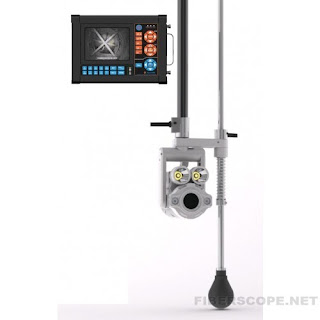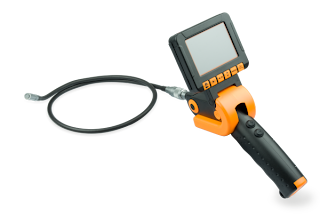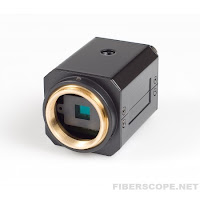Can affordable sewer cameras also be good, delivering
high quality images, navigating different types of pipes with ease, portable
and offering multiple features for documenting, viewing and organizing
inspection findings?
Yes, it can. The time when sewer cameras were expensive, bulky machines is long gone. Modern designers and manufacturers are closely following the needs and demands of Remote Visual Inspections industry, trying to create versatile, highly mobile and efficient viewing devices that would not only deliver exceptional inspection footages, make the work of inspectors much safer, easier and more productive, but would also be inexpensive cutting down overall inspections costs. What can be more important than gaining profit and gaining more clients at the same time?
Yes, it can. The time when sewer cameras were expensive, bulky machines is long gone. Modern designers and manufacturers are closely following the needs and demands of Remote Visual Inspections industry, trying to create versatile, highly mobile and efficient viewing devices that would not only deliver exceptional inspection footages, make the work of inspectors much safer, easier and more productive, but would also be inexpensive cutting down overall inspections costs. What can be more important than gaining profit and gaining more clients at the same time?
CAIMAN Sewer Camera is one of those innovative devices
offering a whole scope of advanced characteristics at an affordable price.
The Camera is equipped with a high-resolution CCD
self-leveling camera and 18 high-output LED lights integrated at the tip of a
flexible fiberglass probe that can navigate pipes up to 120 meter long and can
be easily traced underground due to built-in 512 Hz sonde. The self-leveling
feature ensures that the camera keeps the upright position inside the pipe at
all times, which is important if the probe has to travel long distance or pass
multiple bends. The camera head is protected by an anti-scratch Sapphire lens,
which guarantees high quality picture for a long time even if you have to use
the camera in harsh or scratchy environments. Both, the probe and the camera
head, are tightly sealed and are 1 Bar water-proof, allowing for different
types of sewer and drain inspections with submersion.
CAIMAN’s control unit is conveniently mounted on a light,
compact wheeled reel that can house up to 120 meters of insertion probe. The
control unit features a 7” digital monitor with 720 X 560 resolution. Snapshots (JPEG), video (AVI) and audio (MPEG4)
recordings of the inspection can be replayed right on site, sent to a computer
through a USB cable or saved to a micro SD card.
Additional features include length counter, informing an
operator of how much probe has been inserted, IR remote control, rechargeable
Li-ion battery, 13.5V battery backup station with 10 hours working capacity.
CAIMAN offers users exceptional sewer inspection experience
at no extra cost or effort.



















